Hertford College’s Michaelmas Term 2024 archives and rare books display
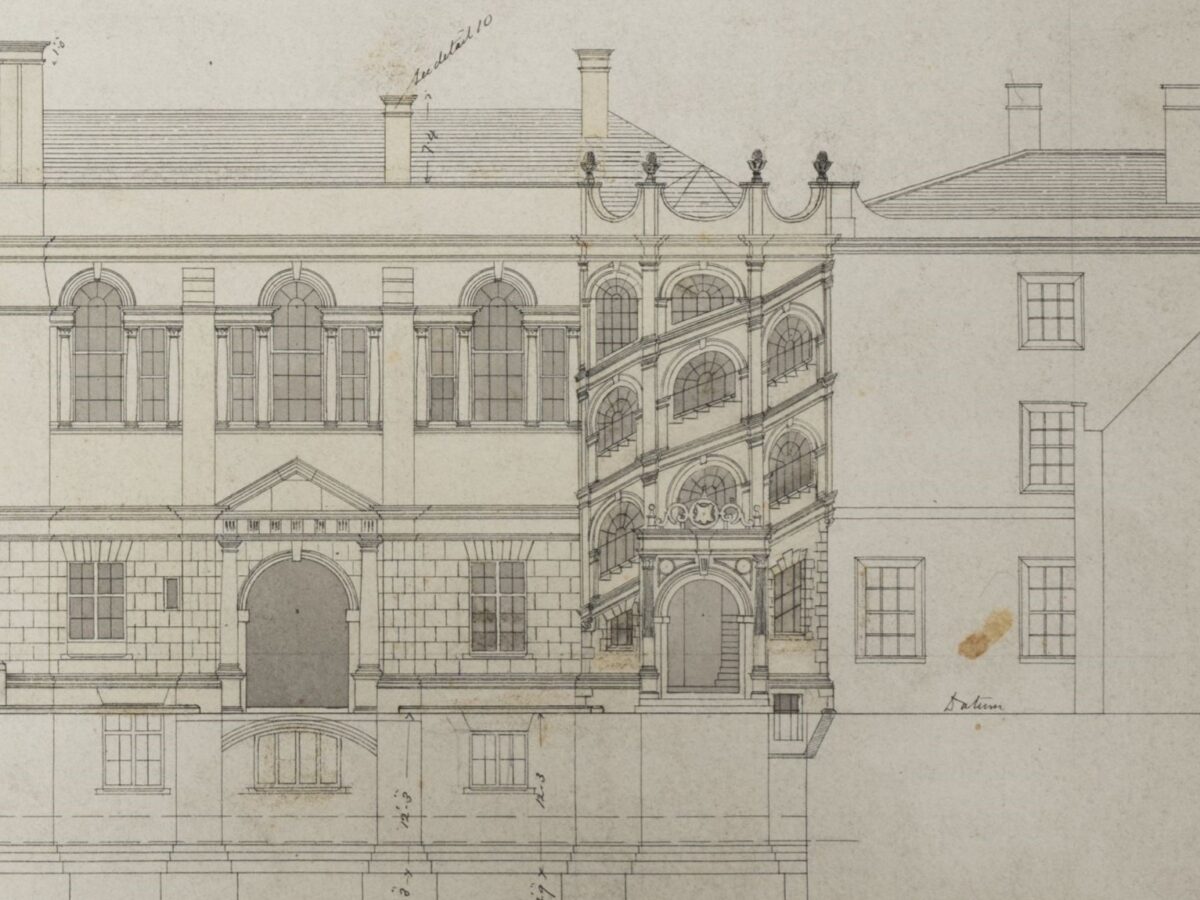

Hertford College’s Michaelmas Term 2024 archives and rare books display
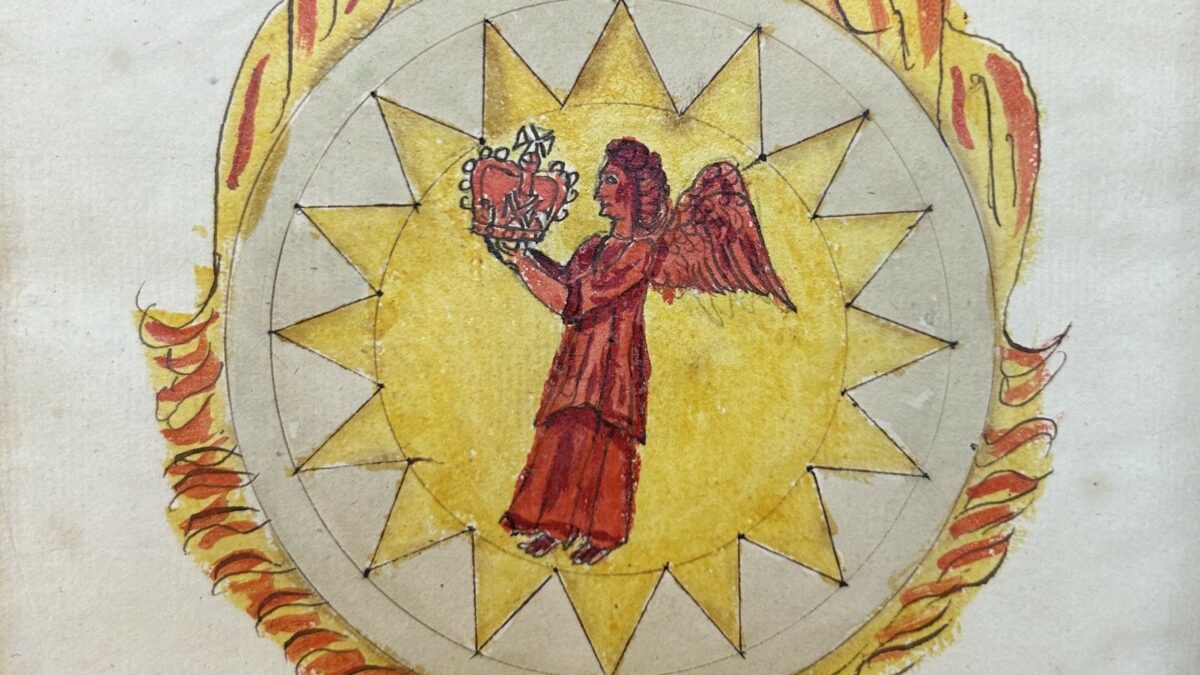
While the rare books are stored off site during Hertford’s major library re-development, rare books expert Sophie Floate takes a further look into our manuscript collection, most of which are currently housed at the Bodleian Library. Several of the items there are on broadly astrological or alchemical themes, some of which are quite strange. Ranging […]
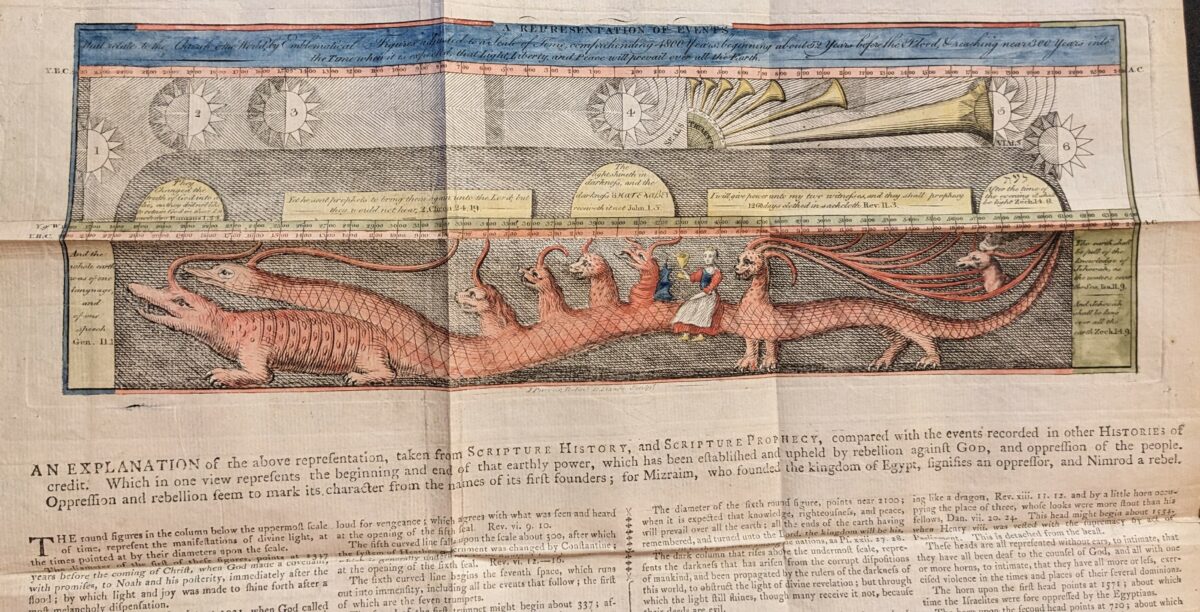
Hertford College Library’s Michaelmas Term 2023 rare books display

Hertford Library’s special collections house books gifted in previous centuries to the college’s predecessors Hart Hall and Magdalen Hall.
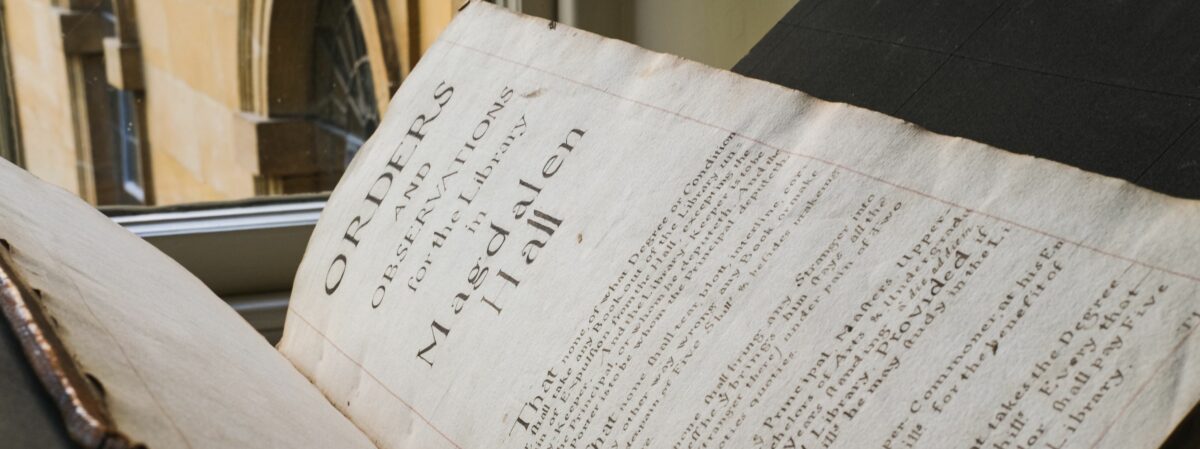
Hertford’s predecessor, Magdalen Hall, built up a library through donations from current and old members, and friends of the Hall.
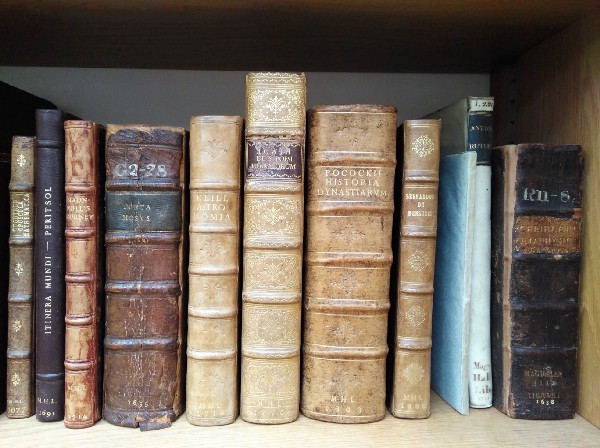
By Sophie Floate, Rare Books Cataloguer
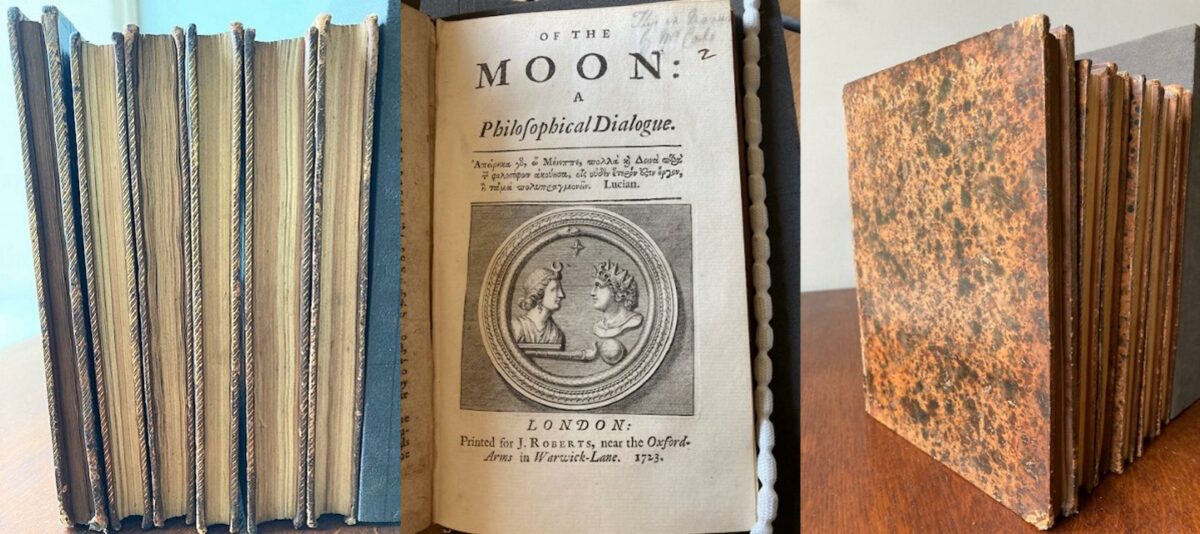
By Sophie Floate, Rare Books Cataloguer